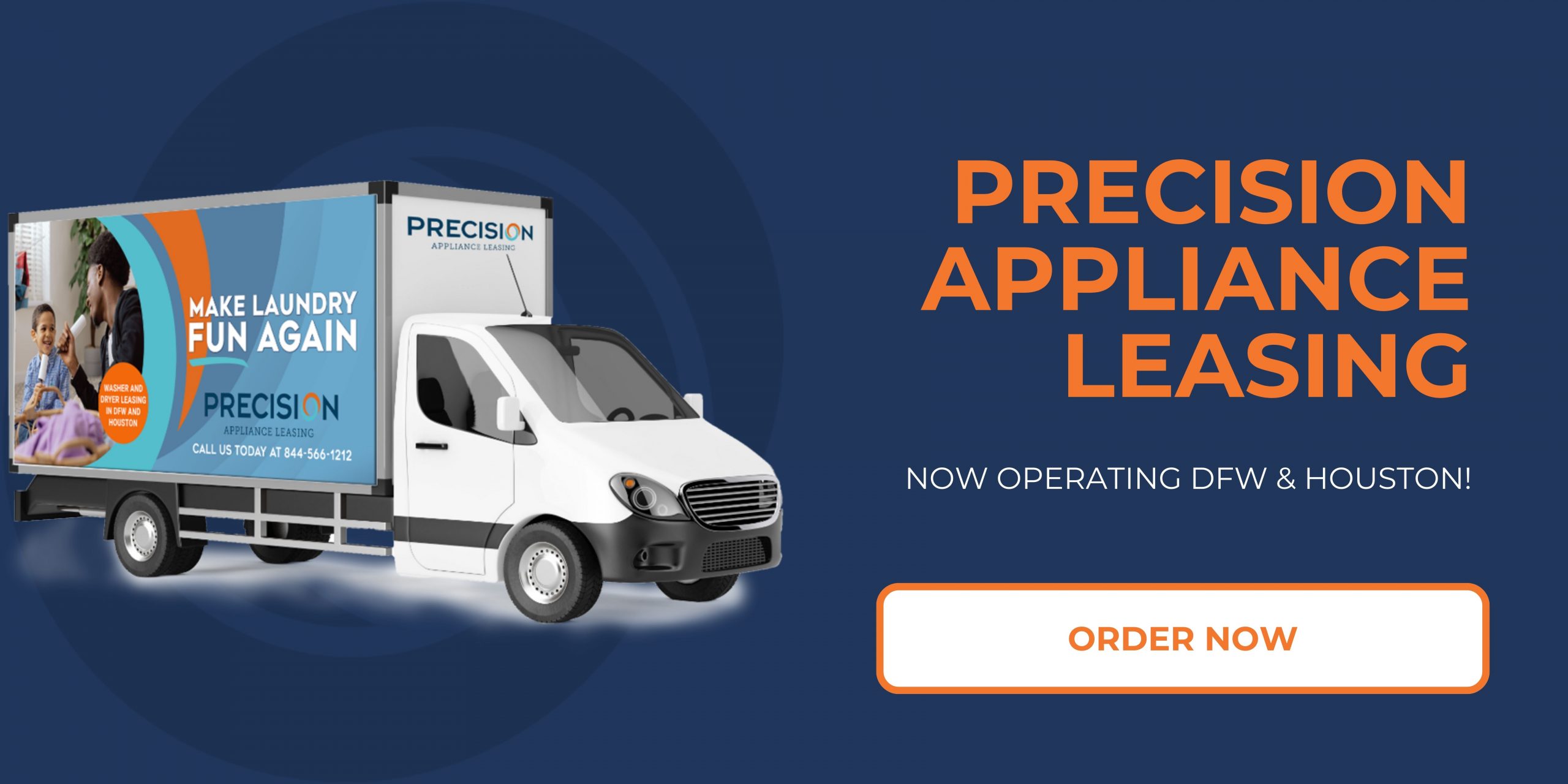How to Rent Laundry Machines for Community Programs
In many communities, access to laundry facilities can be a significant challenge, particularly for low-income families and individuals. To address this issue, various community programs undertake initiatives to provide laundry services that support the overall well-being and dignity of residents. Renting laundry machines for these programs is an effective solution that ensures equitable access to clean clothing and bedding, which is essential for health, hygiene, and self-esteem. However, the process of renting laundry machines involves careful consideration of various factors, including budget constraints, machine selection, vendor reliability, and operational logistics.
First and foremost, community programs need to assess their specific needs and the demographics of the population they serve. Understanding the frequency of use, the types of laundry loads expected, and the available space for installation will help determine the appropriate number and types of machines required. Additionally, programs must explore different rental options available in the market, ranging from full-service providers to leasing agreements that may come with maintenance and support.
Another crucial aspect is to establish a budget, factoring in not only the rental costs but also potential utilities, maintenance fees, and other related expenses. It’s vital for community organizations to pursue partnerships with local businesses or service providers who may be willing to offer discounted rates or sponsorship opportunities. Engaging the community in fundraising efforts may also provide additional financial support for sustaining this vital service. By taking these considerations into account, community programs can effectively implement laundry machine rentals that meet the needs of their constituents while fostering a sense of community support and care.
Identifying Community Needs and Requirements
When considering how to rent laundry machines for community programs, the first and foremost step is to identify the specific needs and requirements of the community being served. Understanding the demographics, lifestyle, and particular challenges faced by the community is crucial in making informed decisions about the type and number of laundry machines to rent. For instance, in low-income neighborhoods, residents may have limited access to laundry facilities, and thus there could be a high demand for machines that operate efficiently and are accessible.
Conducting surveys or organizing focus groups can provide valuable insights into the community’s preferences and requirements regarding laundry services. Important factors to evaluate include the frequency of use, the demographic composition, levels of mobility, and whether there are specific needs, such as machines that accommodate larger loads for families or individuals with disabilities. Moreover, understanding the preferred payment systems is critical; some communities might favor a coin-operated system while others might benefit from mobile payment options.
Another essential aspect is to consider the location of the machines. Identifying accessible spots within the community, such as community centers, shelters, or even apartment complexes, ensures the service is conveniently available to those who need it most. Collaboration with local organizations can enhance the understanding of community needs and may also facilitate the outreach process to ensure maximum utilization of the laundry services.
Overall, initiating a community needs assessment lays the foundation for a successful laundry program by ensuring that the solutions implemented directly address the specific requirements of the community, ultimately fostering greater participation and satisfaction with the services provided. Understanding these dimensions promotes not just the practicality of the service, but also its community acceptance and potential impact on public health, quality of life, and dignity for individuals who rely on these essential resources.
Sourcing and Selecting Laundry Machine Vendors
When it comes to renting laundry machines for community programs, sourcing and selecting the right vendors is a crucial step that can significantly impact the program’s effectiveness and sustainability. The process begins by identifying potential vendors who specialize in providing laundry equipment tailored for community needs, such as laundromats, shelters, or community centers. It’s essential to consider vendors who have experience working with similar organizations and understand the specific requirements of community programs.
After compiling a list of potential vendors, it is vital to evaluate their offerings based on several criteria. First, consider the types of laundry machines available—ensure the vendors provide machines that are efficient, durable, and capable of handling high volumes of use. Energy efficiency should also be a key factor, as this can lead to cost savings in the long run. Look for models that are designed for ease of use, as community members may vary in their familiarity with laundry equipment.
Next, assess the financial terms of renting the machines. Vendors may offer different pricing models, such as flat monthly fees or pay-per-use options. It’s important to compare these options not only in terms of cost but also the services included, such as maintenance, repair, and support. Understanding the total cost of ownership, including any hidden fees for installation or usage, is necessary for informed decision-making.
Additionally, evaluating vendor reliability is crucial. Check for customer reviews and testimonials to gain insights into their service levels and product performance. Reliability in terms of machine functionality and vendor responsiveness to issues is vital for maintaining operational stability in community programs. Establishing a working relationship with the selected vendor also opens doors for future collaborations and support.
Finally, once a vendor is selected, it’s beneficial to negotiate terms that reflect the community program’s mission and needs. Clear agreements on service level expectations, maintenance schedules, and support during the rental period will set a solid foundation for a successful partnership. Overall, careful sourcing and selection of laundry machine vendors can enhance the effectiveness of community programs that rely on accessible laundry facilities.
Budgeting and Funding Options
When planning a community program that includes the rental of laundry machines, careful budgeting and exploring various funding options are critical steps to ensure the project’s sustainability and effectiveness. Establishing a clear budget starts with identifying the costs associated with the rental of laundry machines, which may include not just the monthly or yearly rental fees, but also utilities, installation, maintenance, and operational costs such as detergents and repairs. Further, it’s essential to consider any administrative costs related to managing the laundry facilities, hiring staff, or providing training for volunteers who may assist in running the program.
Once a comprehensive budget is established, the next step is identifying potential funding sources. Community programs often rely on a mix of public and private funding to cover expenses. Local government grants can be a significant resource, especially those focused on community development or social welfare. Additionally, non-profit organizations and foundations may offer grants targeted at enhancing community services or improving living conditions for disadvantaged groups. Organizations should also consider initiating fundraising campaigns or seeking sponsorship from local businesses, which can not only help raise funds but also foster community engagement.
In addition to external funding, it can be beneficial to implement a cost-sharing model or a small user fee structure for residents using the laundry machines. This approach not only helps recoup some of the expenses associated with running the program but also promotes a sense of ownership among participants. It is crucial, however, to establish a fee structure that is equitable and does not deter low-income individuals from utilizing the service. By carefully balancing the budget, exploring diverse funding options, and possibly introducing a modest fee, community programs can enhance their financial sustainability, making it easier to provide essential services like laundry facilities for those in need.
Logistics of Installation and Maintenance
When it comes to renting laundry machines for community programs, understanding the logistics of installation and maintenance is crucial for ensuring the program runs smoothly and effectively. This involves coordinating the delivery and setup of the machines, designing the physical space for optimal usage, and establishing a maintenance schedule to keep the machines in good working order.
First, the installation process must be meticulously planned. This includes evaluating the site where the machines will be installed, ensuring appropriate plumbing and electrical resources are available, and mapping out the layout for user convenience and safety. Proper installation not only enhances the functionality of the laundry machines but also contributes to a positive user experience. It’s important to engage with the vendor during this phase, as they can provide insights on best practices for installation based on their expertise.
Maintenance is another critical aspect that cannot be overlooked. Regular maintenance helps prevent breakdowns and ensures that the machines operate efficiently. Establishing a maintenance schedule that includes routine inspections, cleaning, and servicing is essential. Engaging with the laundry machine vendor can help in setting up a service contract that outlines the responsibilities of both parties. Community programs should also designate a point person responsible for reporting issues and communicating with the vendor for repairs. This person can be trained to handle minor troubleshooting and provide immediate solutions when possible.
By planning the logistics of installation and maintenance carefully, community programs can not only enhance the user experience but also maximize the lifespan and efficiency of the laundry machines. This proactive approach ensures that the program meets the community’s needs and maintains high standards of service, contributing to the overall success of the initiative.
Creating a User Management System and Training Programs
Creating a user management system and training programs is a crucial step when implementing laundry services within community programs. This system not only ensures that the laundry machines are utilized effectively and efficiently but also fosters a sense of ownership and responsibility among the users. It is important to establish clear guidelines and protocols for usage, which can help mitigate issues such as unauthorized use, machine misuse, and ensure that the machines are maintained in good condition.
The user management system should include registration processes where community members can sign up to use the machines. This can be facilitated through digital platforms or physical sign-up sheets, depending on the technological accessibility of the community. The system should track usage patterns, allowing facilitators to understand when and how often the machines are being used. This data can be instrumental in determining whether there is a need for additional machines or if the usage hours should be adjusted to better accommodate the community’s needs.
Training programs are another critical aspect of this initiative. They should be designed to educate users about how to operate the laundry machines safely and effectively, including proper loading techniques, detergent usage, and troubleshooting common issues. Training sessions could also cover broader topics such as the importance of clean clothing for health and social reasons. To maximize outreach, training can be conducted in various formats—such as workshops, informational flyers, or even video tutorials—that cater to different learning preferences within the community.
Additionally, creating a support system where users can voice their concerns or seek assistance can further enhance the management system. Establishing designated staff or volunteers to oversee the laundry program can provide continuous support and can help improve user engagement and satisfaction. Overall, a thoughtful user management system and effective training programs not only facilitate the successful use of laundry machines in community programs but also build a stronger, more connected community. The empowerment that comes from proper training and management can lead to sustainable practices and a significant improvement in the quality of life for community members.


